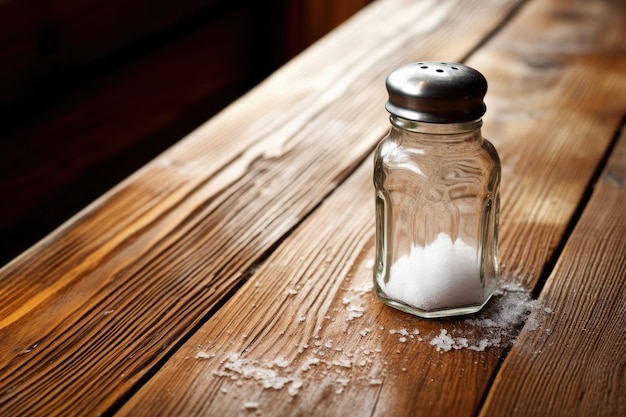Salt: A Wonderful and Necessary Mineral
Salt is an amazing substance. Whether it comes from the Himalayan rock mountains or the depths of the ocean floor, salt is a beautiful and essential mineral. It plays a crucial role in maintaining the proper mineral balance in almost all living creatures on Earth.
Every cell in our body needs salt. Our bodies depend on it to maintain good bone density, proper circulation, and stable blood sugar levels. But how can something so natural and beneficial become harmful? Let’s explore some common misconceptions and dangers associated with salt.
Salt vs. Naturally Occurring Sodium
“Table Salt” is a manufactured form of sodium known as sodium chloride. While it tastes similar to naturally occurring rock, crystal, or sea salt, table salt is not the same. It is produced by taking natural salt (or crude oil flake leftovers) and heating it to 1200° Fahrenheit. This process strips away most of the eighty essential elements that are naturally present in unprocessed salt.
In contrast, other naturally occurring forms of sodium, such as sea salts and Himalayan salts, are harvested and dried in the sun. These alkaline minerals help keep us hydrated, balance our sodium-potassium ratios, and provide powerful electrolytes. They also contain all the trace elements needed for proper immune, thyroid, and adrenal function, which are completely removed from table salt. Real salt also boosts the production of digestive enzymes and juices, aiding in the extraction and assimilation of vitamins and nutrients from our food.
What Is In Table Salt?
Commonly purchased iodized salts, found in supermarkets or on restaurant tables, have synthetic chemicals added to them. These include manufactured forms of sodium solo-co-aluminate, iodide, sodium bicarbonate, fluoride, anti-caking agents, toxic amounts of potassium iodide, and aluminum derivatives. It may be surprising, but most table salt is not only unhealthy but can sometimes be toxic.
The natural iodine found in salt is lost during manufacturing. Without this iodine, the thyroid can be severely harmed, leading to growth and metabolism issues. To counter this, the salt industry began adding synthetic iodine to their products. Additionally, some salts contain processed white sugar and toxic MSG (mono-sodium-glutamate). The white color of table salt is achieved through bleaching, and much of it comes from the flaky residue of oil extraction. Yes, crude oil extract is one source of table salt.
The Health Dangers of Salt
Table salt can cause blood pressure to rise rapidly as the body tries to move the toxic elements away from the heart. This is why doctors often advise people with high blood pressure to reduce their salt intake. Excessive table salt can also cause water retention and other fluid imbalances. Chronic conditions such as diabetes, gout, and obesity can be worsened or even partially caused by excessive table salt consumption. This salt is not just in your shaker; most packaged and processed foods contain high amounts of it.
These preservatives can lead to swelling and, over time, major kidney, thyroid, and liver issues, as well as the development of goiters, edema, hypertension, heart disease, strained elimination systems, muscle cramps, water retention, stroke, heart failure, PMS, and even nervous system disorders like anxiety and depression. Table salt is particularly hard on the circulatory and nervous systems and disrupts the delicate balance of the lymphatic system. It is also highly addictive; the more the body gets used to high levels of fake sodium, the more it craves it.
Remember, moderation is key. Salt has many health benefits, but excessive use can be dangerous. Personally, I stopped using traditional table salt and switched to Himalayan salt years ago. It’s all my family uses now.



